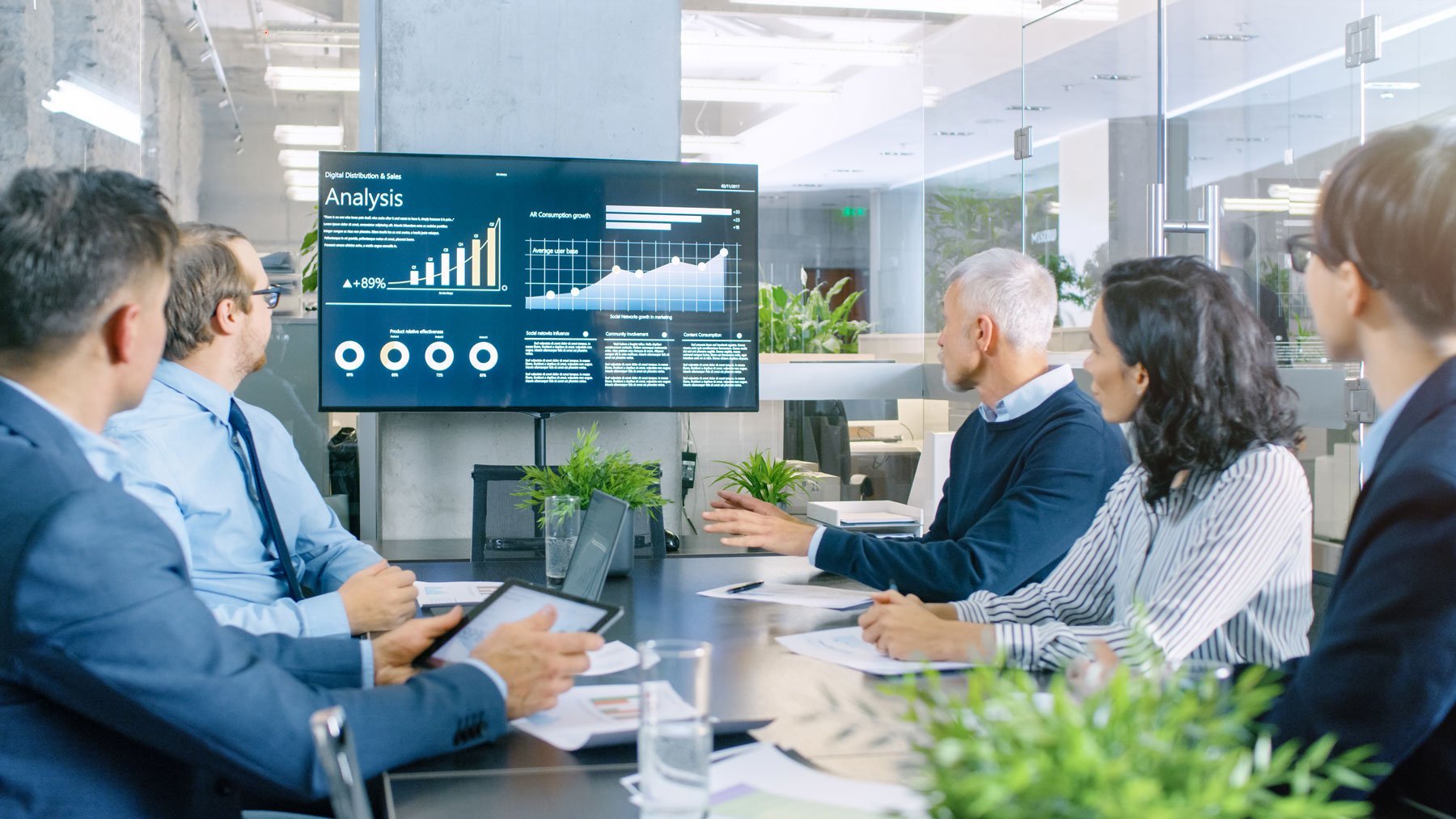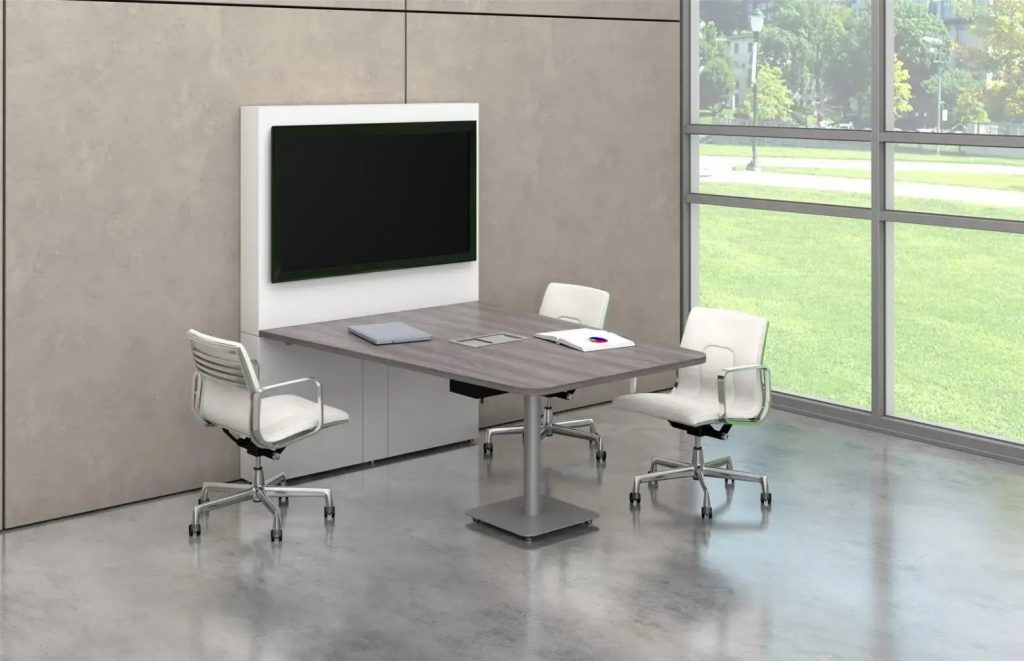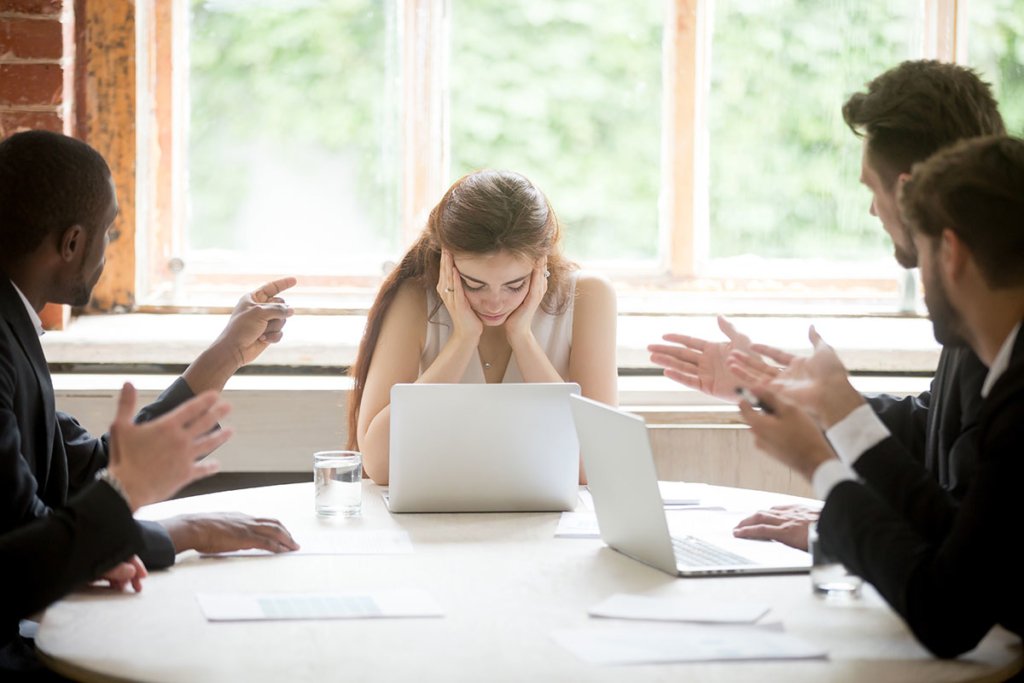The Three Most Productive Meeting Styles

Here Are the Three Most Productive Meeting Styles
These productive meeting styles may change the dread that washes over you as the weekly meeting approaches. As much as you may want, you’ll never be able to stop going to meetings completely. Sometimes the best way to get something done is to gather your colleagues into a room or video chat and hash things out in real time. That doesn’t mean, however, that you couldn’t stand to make a few changes in your meetings to make them more productive.
We will discuss some different meeting styles that can increase the productivity of your meetings in a moment. First, let’s review three quick rules that apply to every meeting and other factors that affect the productivity of your meetings.
1. Set A Meeting Agenda.
While this may seem obvious, many meetings begin without a clear purpose. The agenda can be summarized in a short pre-meeting email, displayed on the whiteboard, or simply discussed at the beginning. No matter how you choose to do it, ensure that everyone involved knows why they are there and what needs to be accomplished to keep the meeting on track should the conversation digress.
“I have a rule. I don’t think a meeting should run longer than an hour, and if I don’t have an agenda in front of me, I walk out. Give me an agenda or else I’m not going to sit there, because if I don’t know why we’re in the meeting, and you don’t know why we’re there, then there’s no reason for a meeting. It’s very important to me to focus people and to keep them focused, and not just get in the room and talk about who won the Knicks game last night. That’s not what it’s about.”
Annette Catino, president and C.E.O. of QualCare Inc.
New York Times Interview.
Ms. Catino will also walk out of a meeting if it takes longer than an hour.
2. Begin on time. End on time.
Few things are a greater waste of time then waiting for people to show up for meetings. Cliché as it sounds, time is money, and sitting around waiting for people to show up is a waste of a precious resource.
No less critical than when you start is when it ends. Having a definitive time to end the meeting will ensure discussion sticks the to agenda, the agenda is accomplished, and people can get back to their work.
3. End with a plan of action
As discussed in a previous blog post, be sure not to leave a meeting with any sense of ambiguity. Be sure that everyone knows who is responsible for what and by when.
 The Meeting Space
The Meeting Space
The intelligent design of your productive meeting space, typically a conference room, will increase the effectiveness and therefore the productivity of your meetings. When designing a productive meeting space, consider how you intend to use it. Will there be video conferencing, presentations, a whiteboard?
First, know the maximum number of people who might be using the meeting space at a given time to ensure there is enough room at the table for people to be sitting for “potentially” long periods. Consider a table that allows for modular linking like the Edge table allowing for reconfiguration as needed. For shorter, smaller meetings the ergonomics of the Focal Confluence Table lends itself to creative problem-solving in a compact space.
Second, understand that comfort is a delicate balance between distraction (from discomfort and pain) and falling asleep in a meeting. You want chairs that are ergonomic but promote sitting upright and discourage slouching like the Vion Task Chair or the Luray Ergonomic Conference Chair as an example.
And last, consider function. Consider chairs that swivel so people can face the presenter, have castors or glides to allow ease of movement and how the arms interact with the table. If they don’t fit underneath it can cause awkward postures at the table.
3 Productive Meeting Styles And When To Use Them.
 The stand-up meeting
The stand-up meeting
This is our personal favorite for short productive meetings (fifteen minutes or less). Standing helps keep these meetings on task. Melissa Dahl of New York Magazine claims stand-up meetings can reduce meeting times by 34%.
Standing helps eliminate distractions. (It’s much more awkward to check your email during a lull in the meeting) Moreover, there will be fewer, if any lulls. For most people, the longer they are standing, the more they want to sit down again, so they tend to be more efficient and thoughtful.
Physiologically, standing up can cause your body to release more endorphins increasing both alertness and energy and gives your body a break from the detrimental effects of sitting for long periods.
 The traction (level 10) meeting
The traction (level 10) meeting
The traction meeting is a meeting style designed by EOS® and is a cornerstone of their system. It is typically a weekly productive meeting and follows a strict set of guidelines.
We personally use this meeting style at Collaborative Office Interiors and love it. Our teams are more productive and work gets done by setting clear goals and accountability. The style is also quick and doesn’t drag.
One example of a level 10 meeting is as follows:
10 mins – Segue
Everyone gets the opportunity to give one personal and one professional update. They segue from working in the business to working on it.
5 mins – Scorecard
Everybody will specify if their weekly key performance indicator is on track or off track. If off track, it will be added to the issues list.
5 mins – “Rock Review”
“Rocks” are a set of quarterly goals. Everyone will indicate if they are on track with their rocks, which holds people accountable against the company goals. If a rock is off track, it is added to the issues list.
5 mins – Customer and employee news
Everyone has an opportunity to present and good or bad news relating to employees or customers. Good news is cheered, while bad news is added to the issues list.
5 mins – To-Do list
Last week’s to-dos are reviewed for completion, any to-dos having difficulty dropping off the list are added to the issues list.
60 mins – The Issues list
The Issues list gets a whole hour. During this time the listed issues will be prioritized and discussed with the objective of finding a permanent solution. Some meetings may find their way through the entire list; others may only address one or two significant issues within that hour.
5 mins – Wrap-up
Reiterate this week’s to-do list with each item delegated appropriately, and finally, rate the meeting to help identify how to improve it for the future.
The Masterminds meeting
Intended for positive recognition and creative problem solving, it’s most effective with small groups ranging from 2 to 5 people total. This productive meeting style, conceived by Buffer follows the following structure with each participant getting equal time:
- Twenty minutes for all participants to share and celebrate achievements.
- Forty minutes to discuss current top challenges.
The goal isn’t really to solve each other’s issues but rather to be a sounding board and gently probing with questions. Quite often the person will solve their own challenge with this process.
If your meetings are lacking, maybe it’s the furniture. Contact us for a free office meeting area assessment. We’ll help sort out your issues and recommend ways to improve your meetings.
John Ofield is the owner of Collaborative Office Interiors. The leading provider of high-quality office furniture in Houston, Texas and surrounding areas. With more than 40 years of experience, he combines deep product knowledge with hands-on space-planning expertise to create ergonomic, productivity-focused work environments for businesses across Southeast Texas.






